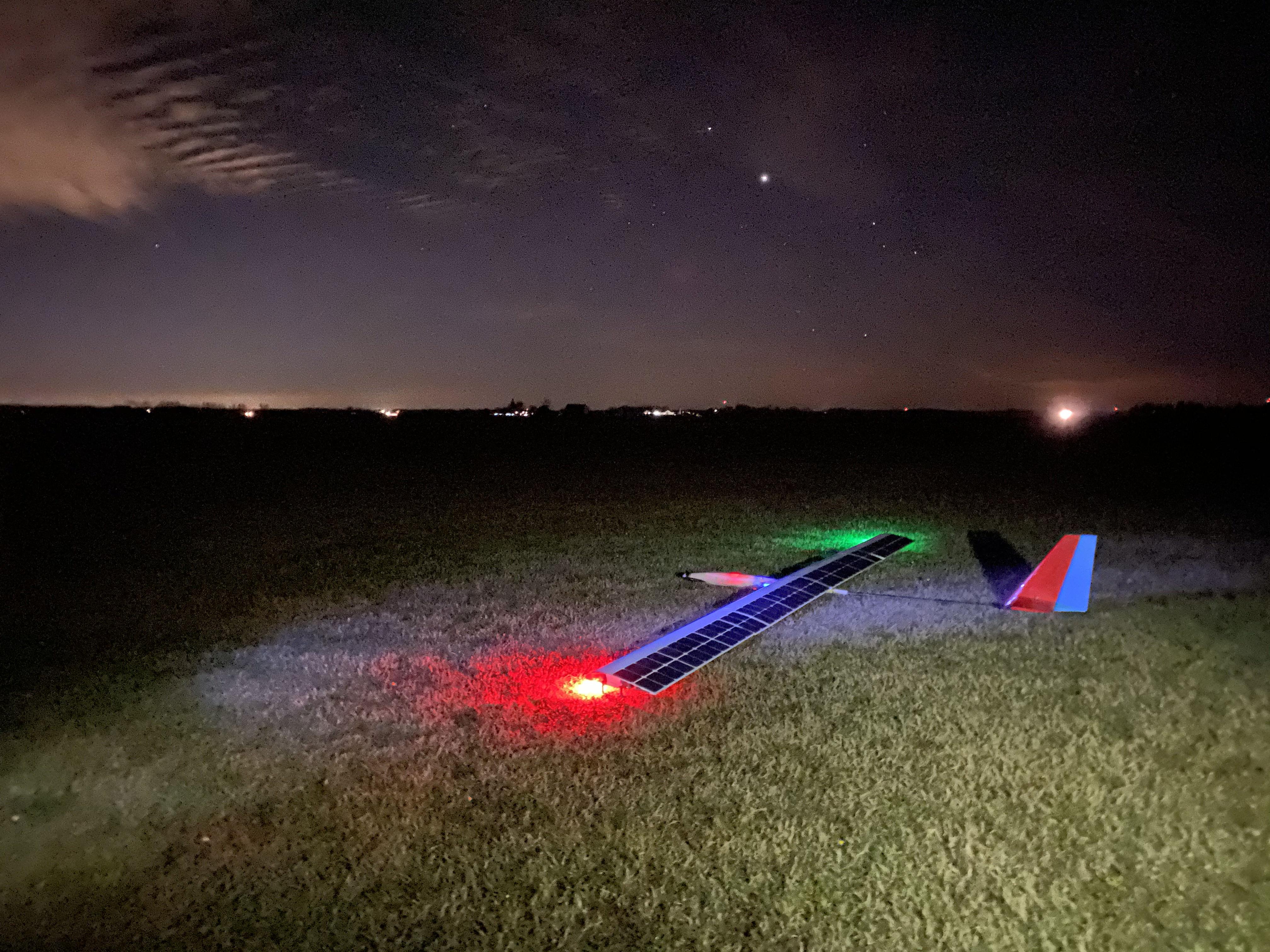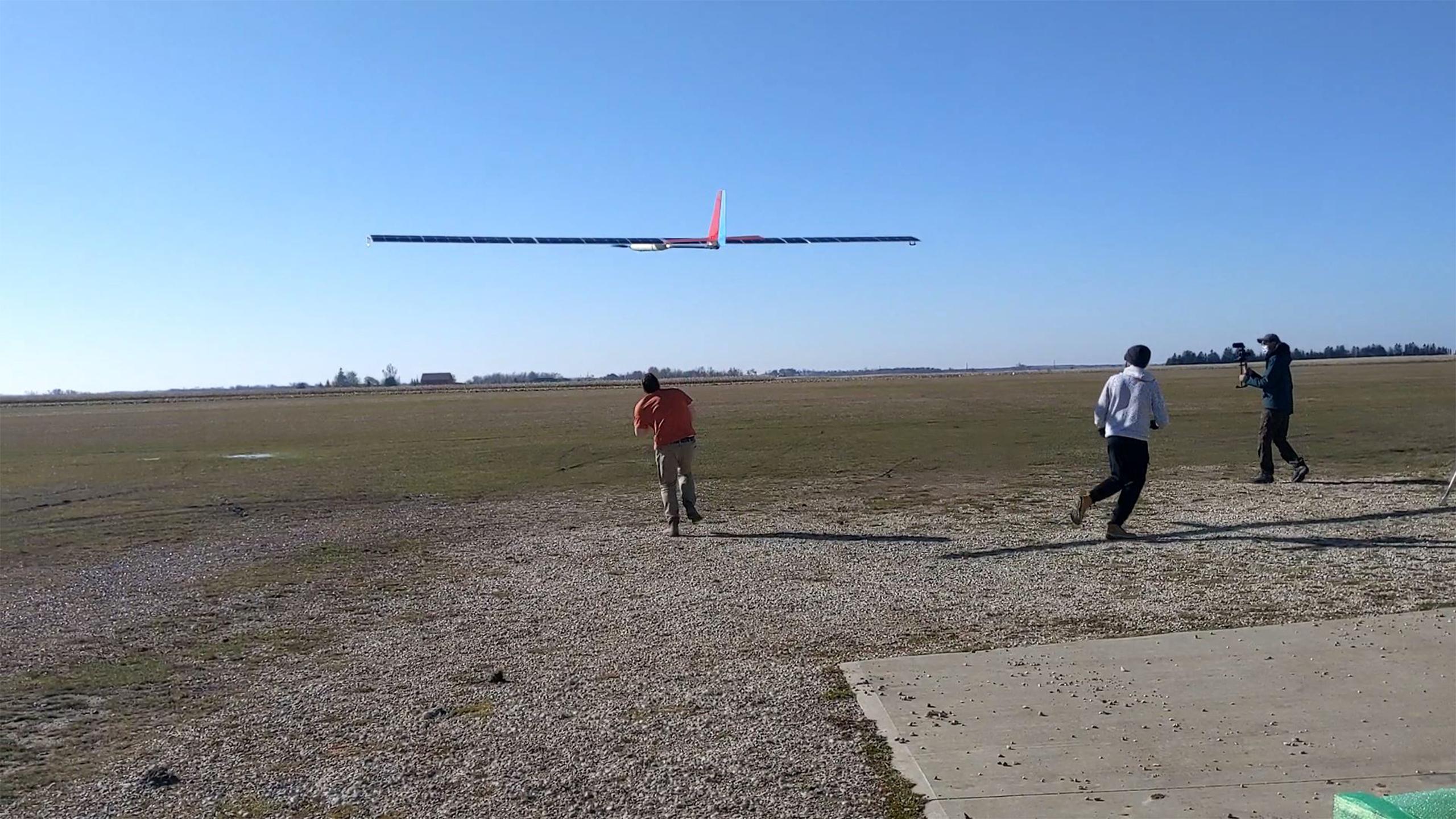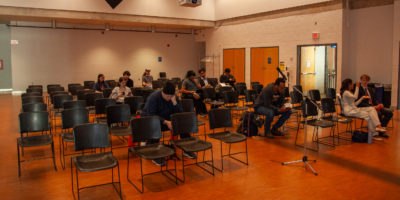By Charlize Alcaraz
A team of students at Ryerson University are building a solar-powered aircraft in an attempt to break the Guinness world record for longest unmanned flight.
The CREATeV project, which stands for “clean renewable energy aerial test vehicle,” aims to engineer an aircraft that can sustain a non-stop flight time of over 26 days non-stop.
The current world record for the longest flight by an unmanned aerial vehicle (UAV) is 25 days, 23 hours and 57 minutes, held by aerospace company Airbus.
For two years now, the CREATeV project team has been working on “[taking] the project from concept to reality,” according to their website. They’re building the aircraft at the Ryerson Aerospace Engineering Centre located in Downsview and at Record Technology & Development in Richmond Hill, Ont.
The project is being funded mainly by the Molson Foundation and Columbiad Launch Services with some support from Ryerson’s aerospace engineering department, according to an email by Goetz Bramesfeld, associate professor of aerospace engineering and supervisor of the project.
According to the team’s Instagram page, the first test flight on Oct. 6 last year was conducted without the solar panels, but helped the team to confirm that every part of the aircraft was working properly.
As the team continues to do test flights, the aircraft stays airborne longer with each subsequent flight. The second test flight saw the aircraft fly for five hours without solar cells; the third test flight stayed in the air for five hours with solar cells; the fourth and most recent one saw the plane circle over the York Soaring Association gliding club with solar cells for over 10 hours.
With four promising test flights so far, the team behind the CREATeV project hopes to capture the world record by summer 2021.
“All of the four test flights went without any [major] glitches. If there were glitches, they were small ones. We learned a ton from each of them and we continue to do that,” said Bramesfeld.
Although their initial goal was only to break the world record, the team is also looking to push the potential of their work to be used in practical situations.
“The objective of this project is to set the world record. That being said, of course as we’re making this we’re thinking, ‘Hey, this could be useful to people. Is there any way we could market this?’” said Devin Barcelos, a PhD candidate in aerospace engineering.
The team is interested in making their aircraft design useful for different applications such as forest fire detection and wildlife observation.
University of Toronto’s aerospace studies professor Hugh H.T. Liu reported that “UAVs hold great promise for applications as diverse as natural resource monitoring, infrastructure inspection (pipeline, railways), agriculture, mineral exploration, journalism, and search & rescue operations.”
In May 2013, Liu’s team went to Burwash, Ont., to demonstrate the functions of forest fire monitoring by UAVs. Their aircraft has multiple sensors that could “map fire hotspots and intensity over individual fires or small regions,” Liu reported.
Although UAVs have potential applications in these areas, they still have some setbacks. For Liu and his team, their aircraft’s algorithm can’t detect fires through thick clouds or smoke. As for CREATeV, their biggest problem is keeping the aircraft airborne through the night without recharging the batteries.
Bramesfeld also said that, “a lot of work went into tuning the autopilots … because no one wants to control it for 10 hours, it gets kinda tiresome.”
The aircraft runs on a combination of battery and solar power. During the day, it uses the 96 solar cells which are mounted underneath its wings. The excess power gained during the day is then used to allow flight during the nighttime.

Bramesfeld said that using renewable energy resources such as solar power is the best solution for aircrafts to remain airborne for long periods of time.
“If you want to do long flights, you have to somehow get your fuel. One option is to build a giant aircraft with a giant fuel tank but truthfully, that is not very suitable as it becomes very heavy,” said Bramesfeld. “At this point, solar power is advanced enough that it’s enough excess energy.”
The best time to charge the aircraft is during a time period called solar noon, the time of day when the sun reaches its highest point in the sky.
According to Barcelos, the length of time needed for charging each day depends on the angle of the sun facing their aircraft.
Weather also plays an important role in setting up the perfect environment for the CREATeV project’s flight.
“Cloud cover usually reduces the sun energy that we can exploit … and then wind can make it difficult because we have to stay within a certain area for the airplane,” said Bramesfeld. “If the winds are too strong, it’s just a lot of power to remain within this area.”
All of the parts it took to develop the CREATeV project are commercially available. Bramesfeld said that the solar cells they used were from Alibaba, an online store based in China.
He continued to explain that “None of the technologies are revolutionary in that sense, it’s just a combination of these different systems that make it so advanced,” adding that the team was “able to get a lot of reliable systems together and [make them work] reliably.”
Along with continuously learning more about how to make the aircraft fly for longer periods of time, they also discovered that it is extremely quiet. During their latest test flight, the team stood underneath it as it flew 100 metres over their heads and they couldn’t hear it even in the ambient outdoor environment.
When they first looked into breaking the world record last year, the number that they had to beat was only six days, according to Bill Bissonnette, an aerospace engineering research assistant.
“When we saw the vehicle that set the six-day record we figured it would be an awesome challenge to bring together our interests and what we’ve learned through our masters,” said Bissonnette.
The CREATeV project’s purpose was driven further after many considerations of its possible application into different work industries, but at its core is a team of students supervised by a professor that are seeing theoretical studies come to life.
“The whole project … has been an amazing learning experience because what you learn at lectures is theory and to come in and actually apply everything you’ve learned … takes it to a whole new level,” said Amir Ray Ramesh, a third-year aerospace engineering student and research assistant.
“You see an idea…from everyone’s heads come to life.”










Leave a Reply